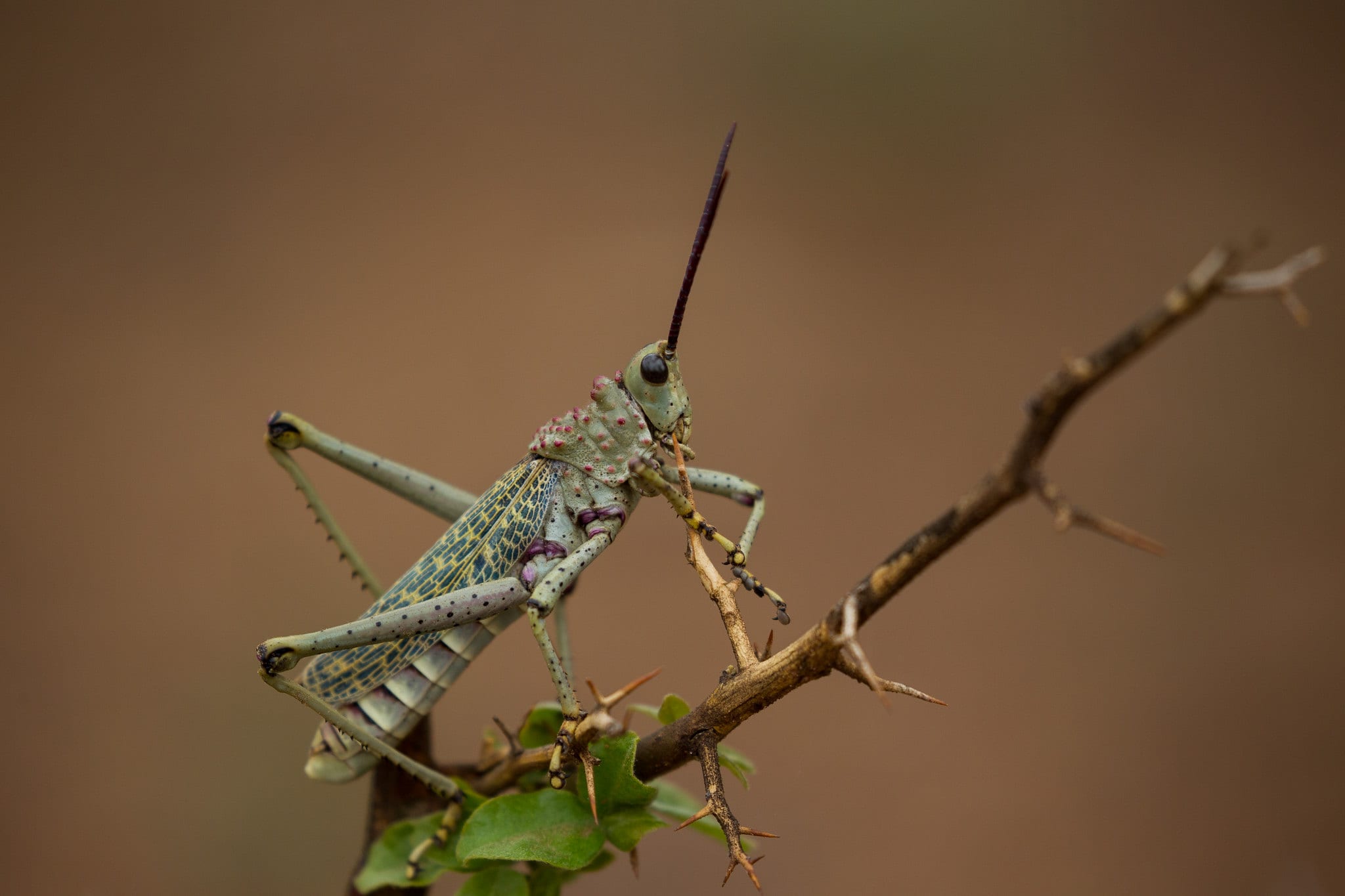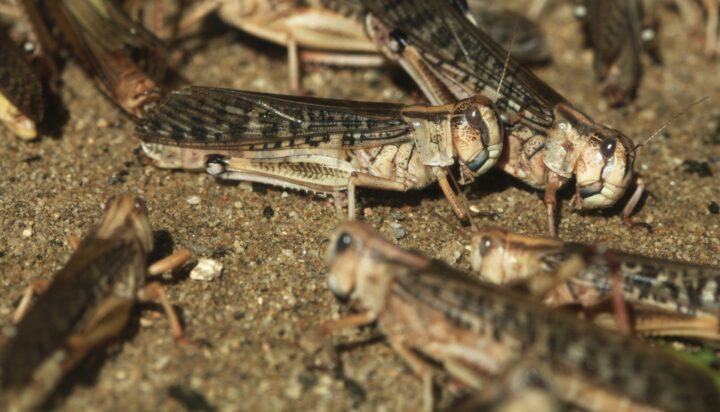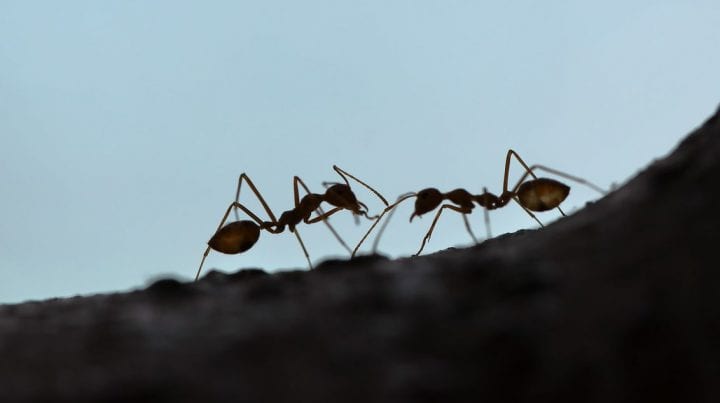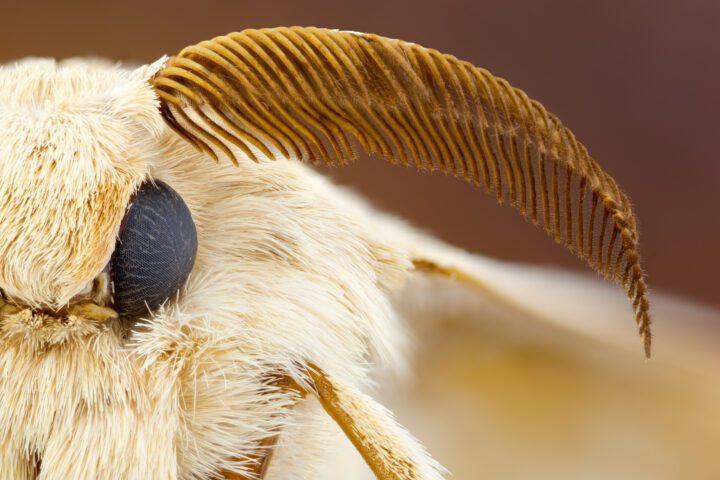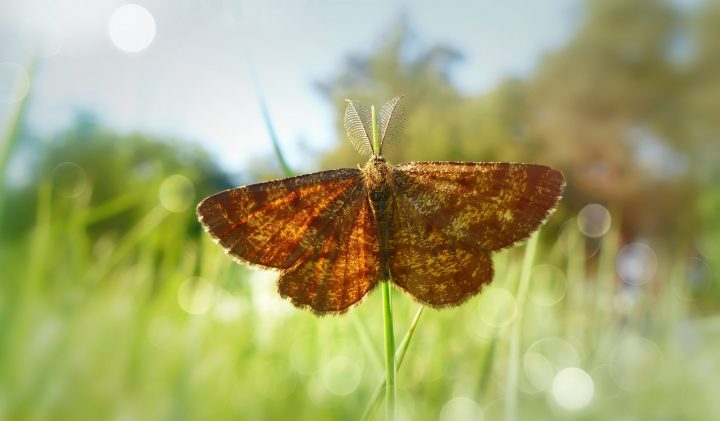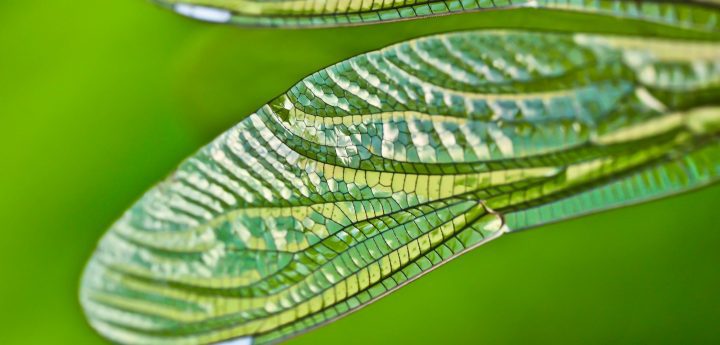The desert locust becomes social and forms swarms through an increase in serotonin triggered by the presence of other locusts.
Introduction
From ancient texts to contemporary news, across Africa, the Middle East, and South Asia, swarming desert locusts have had devastating impacts on agricultural areas. These locusts typically feed, move, and go about their lives independently––and even actively avoid each other in normal circumstances. However, if a locust is forced to be around other locusts, its behavior changes completely. This locust will become more attracted to others and will gather with other locusts that undergo the same change in behavior. Thus, a swarm is formed.
The Strategy
Swarming may be caused by an overabundance of locusts in general––a response to crowding to help locusts find food when there isn’t much left.
The sudden socialization of locusts is triggered either by physical touch from other locusts detected by the hind legs, or by simply the sight and smell of other locusts nearby.
These inputs increase the serotonin levels in a locust. In humans, the serotonin plays numerous roles throughout the brain and body, but is most well-known for contributing to feelings of happiness and well-being. Serotonin may play a similar role in desert locusts, causing them to gather with other locusts in order to maintain higher levels of serotonin.
The spike in serotonin lasts for less than 24 hours, but it only takes two hours of exposure to other locusts to flip the switch that makes a locust go from self-isolating to a social butterfly. The higher the spike in serotonin, the more social a locust becomes. Desert locusts can be prevented from becoming sociable by being injected with chemicals that keep their serotonin levels in check, or that prevent serotonin from being produced altogether. These chemicals are effective even when a locust is stimulated with physical touch.
Beyond the two-hour minimum, locusts become more social the longer they are near each other. This can result in a cycle where swarms grow bigger and remain intact for longer periods, which is bad news for the crops they feed on.
The Potential
More research is needed to understand the role of serotonin in influencing the behavior of the desert locust and its relatives. A better understanding could help inform our methods of pest control to protect agricultural areas from the damage of locust swarms. More abstractly, computer engineers and others could find applications that apply the principle of using the closeness of entities to trigger a change in their behavior or reaction toward others.
